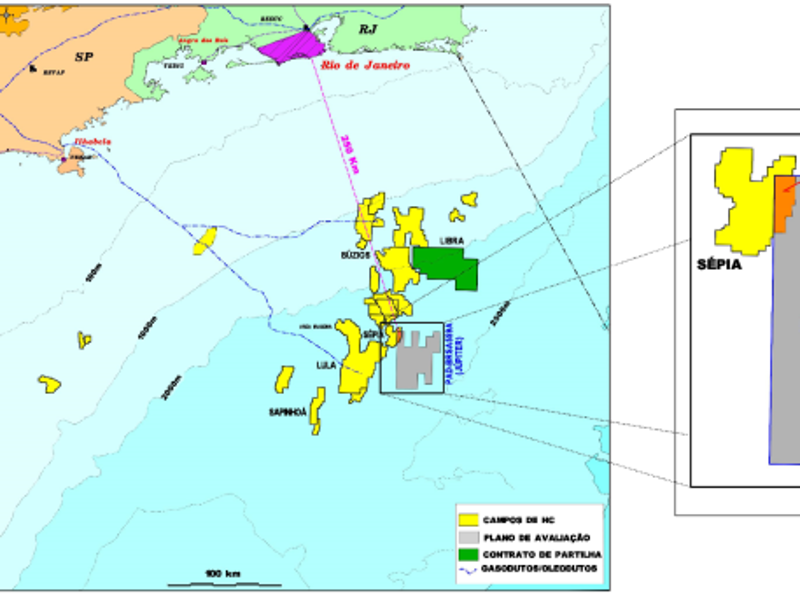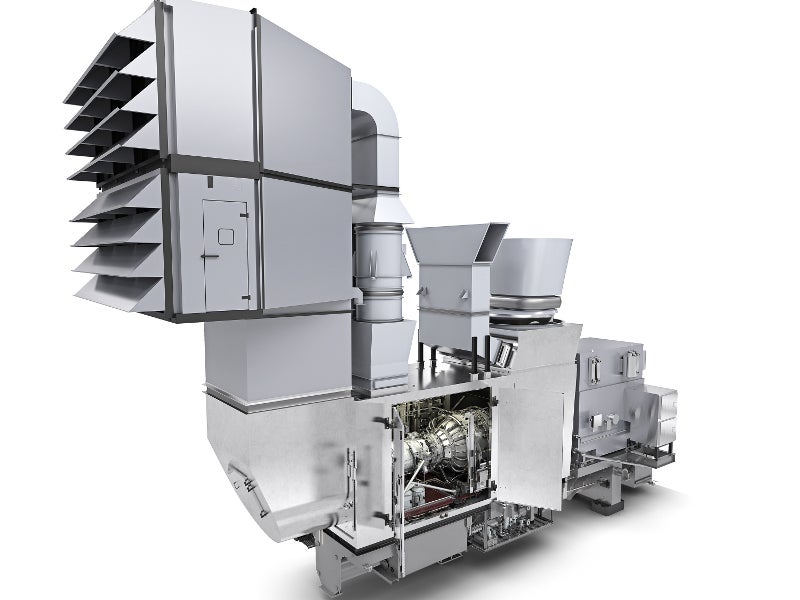Sepia field is an ultra-deep water offshore oil field located at water depths up to 2,200m in the pre-salt Santos Basin, approximately 280km off the coast of Rio de Janeiro, Brazil. Brazilian state oil company Petrobras is the owner and operator of the field.
The Sepia offshore project comprises the development of Sepia (erstwhile north-eastern area of Tupi) and the Sepia Leste (East) Discovery, both of which are located in the Block BM-S-24 of the Santos Basin.
The Block BM-S-24 exploration and production license that covers 1.39km² is jointly owned by operator Petrobras (80%) and Petrogal Brasil, a subsidiary of Galp Energia (20%).
The Sepia and Sepia East deposits have been unitized into a single project under a Production Individualization Agreement (PIA) between Petrobras and Petrogal Brasil.
Petrobras became the 100% owner of the Sepia field, following the Transfer of Rights entailed in the PIA.
Scheduled to commence production in 2021, the Sepia ultra-deep water field is estimated to contain more than 130 million barrels of oil-equivalent (Mboe) in recoverable resources.
Sepia field development background
Petrobras declared the commerciality of Sepia and Sepia Leste offshore discoveries in September 2014 and November 2015, respectively.
Further, an early production system was launched in the Sepia field area with the use of a floating production, storage, and offloading (FPSO) vessel platform named Cidade de Sao Vicente in March 2016.
The production test system yielded an output of 20,000 barrels of 26 API oil per day (bopd), which was transported by shuttle tankers.
The technical information on reservoir behavior and oil flow obtained during the early production system was utilized in developing the final production system for the field.
Sepia field development details
The Sepia deep water field is planned to be developed with a total of 15 wells to be tied-back to an FPSO vessel named Carioca MV30.
The first phase development comprises the sub-sea tie back of seven riser wells, including three producer wells and four injector wells.
Carioca MV30 FPSO details
The Carioca MV30 FPSO vessel, to be moored at 2,200m deep waters, is being constructed by MODEC through the conversion of a very large crude carrier (VLCC).
Owned by MODEC (20.1%), Mitsui & Co. (32.4%), Mitsui O.S.K. Lines (20.6%), Marubeni Corporation (17.6%), and Mitsui Engineering & Shipbuilding (9.3%), the Carioca MV30 FPSO will be chartered for 21 years for the Sepia field, under an agreement signed in October 2017.
The Sepia FPSO will be capable of producing 212 million metric cubic feet (Mmcf) of gas and 180,000 barrels of crude oil a day (bopd). It will have crude oil storage capacity for 1.4 million barrels and water injection capacity of 240,000 barrels of water injection per day (bwpd).
The topsides of the FPSO will be fitted with four SGT-A35 aero derivative gas turbine power generator units and two SGT-A35-driven DATUM CO2 compressor units from Siemens.
Contractors involved
McDermott International was awarded the engineering, procurement, construction, and installation (EPCI) contract for the subsea risers and flow lines for the initial seven wells of the Sepia field development in May 2019.
MODEC was contracted for the supply, charter, and operations of the Carioca MV30 FPSO for the Sepia field in October 2017.
MODEC is responsible for the engineering, procurement, construction, and installation (EPCI) of the FPSO including the topsides processing equipment, hull, and marine systems.
SOFEC, a subsidiary of MODEC, was subcontracted to design and supply the spread mooring system for the FPSO.
Siemens was contracted to supply SGT-A35 gas turbines and DATUM CO2 compressor units for the FPSO in April 2018.





